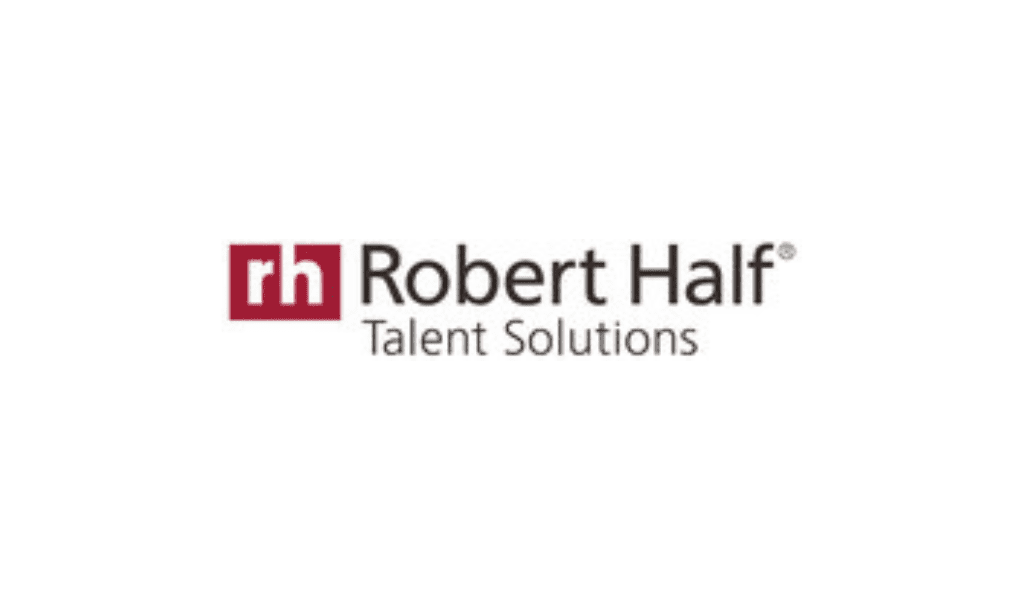A workplace psychologist shares what the youngest members of the workforce want: a positive employee experience, flexibility, and opportunities to provide feedback.
By Maggie Mancini
As Gen X and millennial employees take control of the C-suite and aging baby boomers contemplate retirement, Gen Z is just beginning to make headway in the world of work. The youngest members of the workforce are challenging the status quo—speaking openly about salary expectations, not shying away from discussions of mental health, and quitting if their needs aren’t met. With Gen Z poised to make up 30% of the workforce by 2030, HR leaders are tasked with addressing the generation’s low retention scores as they navigate the shifting demands of the multigenerational workforce.
A recent study from Qualtrics finds that, despite Gen Z’s low retention scores, they are willing to work hard and are engaged at work. They—along with millennials—are the most motivated to contribute more than what is required at work compared to their older counterparts.
“Employees have different needs and preferences depending on their stage of life, but there are drivers of engagement that span across generations,” says Dr. Benjamin Granger, chief workplace psychologist at Qualtrics. “For example, young and older workers alike are more engaged when they feel encouraged to have a customer-centric mindset and have meaningful conversations about their career development. Developing organizational policies and a culture that supports all employees also shows younger employees that they can grow into a longer career with the company.”
Granger adds that these two themes—customer centricity and career progression—are deeply linked to the human desire for achievement and belonging. Research from Qualtrics also finds that employees within top organizations feel significantly more positive about these two areas compared to employees at the average company.
The study finds that just 40% of Gen Z employees plan to stay with their current company for three or more years. Granger explains that while engagement and retention are often assumed to be in unison, this finding highlights the important gap between the two.
“Leaders need to take steps to understand what is driving each measure,” he says. “There may well be some overlaps, but also some unique drivers for each. This is a good, practical example of correlation versus causation. Engagement and intent to stay, as well as turnover, are correlated but the correlation is not perfect.”
Granger explains that HR leaders know that engaged employees are much more likely than disengaged workers to have intentions to stay with their organization and then do eventually stay longer. Qualtrics’ research reveals some exceptions to this trend, he says.
During the pandemic, for example, engagement among healthcare workers was extremely high as many felt a deep sense of purpose in their work. This also led to burnout and many caregivers moved on, despite being highly engaged with their work for so long. This is an important reminder that engagement, burnout, and intention to stay are all related but are meaningfully different, Granger says.
There is still another reason why engagement and turnover are not perfectly related. Granger explains that there are two general theories that explain employee turnover. In the “unfolding model,” the decision to leave unfolds gradually over time and is based heavily on experiences that employees have at work. This is often what HR leaders focus on when they use measures of engagement to predict turnover. In the “shocks to the system model,” however, unforeseen events in a person’s life leads them to quit their jobs even if they are highly engaged, productive employees.
“No workplace is perfect for everyone, and mistakes are bound to happen,” Granger says. “But generally speaking, when it comes to managing perceptions, it’s far better to make mistakes later than it is to make them earlier. Early experiences are crucial to setting employees up for success and I often recommend that organizations weave a common, explicit thread through their candidate and new hire onboarding experiences, ensuring they pay off what they’re telling and selling candidates before they join.”
To improve retention and engagement among the youngest members of the workforce, Granger implores HR leaders to focus on the following.
- Understand that retention begins with the candidate experience. HR leaders should ask themselves if leaders and recruiters are setting appropriate and accurate expectations, and whether those are being met during the onboarding experience. These initial stages are crucial because humans generate first impressions that become characteristics they attribute to an organization and the lens through which they interpret future experiences, Granger says.
- Flex up. Since young workers place such a high value on flexibility, HR leaders should explore how they can offer it in different ways. Remember that flexibility is not just about where work gets done, though—organizations can be flexible in how they define and support flexibility even in a traditional office setting.
- Provide opportunities for employee feedback. Employees of all ages—but particularly Gen Z, want the freedom to question and understand how the organization works. Giving Gen Z employees the safety to speak up can signal that they are respected and valued in the workplace, which can be especially impactful for younger workers just starting their careers.
“One of the unique drivers for Gen Z retention is being able to challenge the traditional way of doing things, so leaders should be prepared to answer why things are done the way they are,” Granger says. He adds that there is a growing expectation that leaders be open and honest in their communications about organizational decisions, especially when they impact employees.
“As we often say, when organizations listen to their people, it implies they matter,” says Granger. “And mattering matters to people.”
















